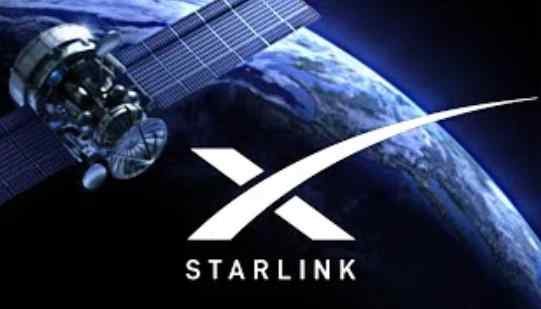SpaceX is testing a new low-cost satellite internet offering that could dramatically change how remote and underserved areas connect online — and it’s doing it without much fanfare.
Dubbed Starlink Community, the program introduces a shared model where several households or users can access the internet through a single Starlink satellite terminal. While not officially announced, details surfaced recently on a support page for resellers and enterprise clients, revealing a monthly rate of just $60 per subscriber — a significant drop from the $120 currently charged for the standard residential plan.
Shared Dish, Individual Accounts
Unlike traditional Starlink service, where each customer owns and operates their own satellite dish, this new setup allows multiple people to connect via their own accounts to a shared dish. According to internal documents, users will still experience the internet independently through their own Wi-Fi routers, connected to the communal dish via a network switch.
Essentially, it’s one dish — but many users, each billed separately. SpaceX’s internal tagline: “One Starlink, multiple subscribers.”
Targeting Apartment Blocks and Rural Clusters
The model appears tailored for densely populated or underserved areas where broadband infrastructure is sparse and Starlink’s typical pricing is too steep. Think rural villages, low-income housing blocks, or emerging markets — places where affordability has long stood in the way of connectivity.
A second offering, called Community Hotspot, is also in the works. Though still vague in detail, it reportedly would enable short-term internet access for single devices, possibly functioning like a public access point for pop-up use or emergency connectivity.
Clues Point to Global Rollout Before North America
Interestingly, the first hints of Starlink Community emerged not in the U.S., but via communication with overseas resellers — some of whom received outreach in Portuguese earlier this year. Jianping Pan, a satellite internet researcher at the University of Victoria, noted the shift and speculated that the rollout may prioritize international markets, especially regions where traditional broadband is unavailable or prohibitively expensive.
SpaceX is leaning heavily on local partners to deploy and manage these Community setups. Reseller pages suggest installers will be responsible for onboarding subscribers and maintaining the equipment — with commissions offered per user signed up.
Unanswered Questions and Potential Trade-Offs
Despite the promise of affordable, high-speed internet, some key details remain unclear. For one, what happens to bandwidth when multiple users rely on a single dish? Shared systems often face congestion issues, particularly during peak hours — and SpaceX has not yet addressed potential performance limitations under this model.
There’s also no word on when, or if, the Starlink Community program will become available in the U.S. The placeholder webpage for the offering remains inactive, and the company has not released any official comment or timeline.
A Strategic Shift in the Internet Race
Still, the move signals a strategic pivot. As competitors enter the satellite broadband space and governments demand more inclusive digital access, Starlink may be positioning itself to dominate the global connectivity market — not just with cutting-edge tech, but with accessible pricing and smarter distribution models.
If successful, Starlink Community could open the door to a future where high-speed satellite internet isn’t a premium service, but a shared community utility — particularly for the billions still offline.

